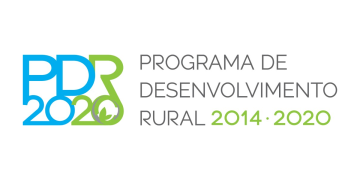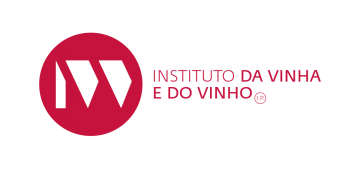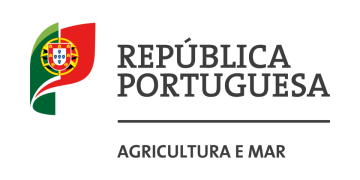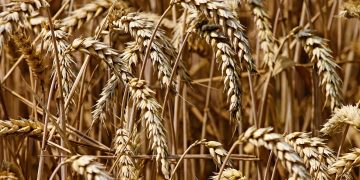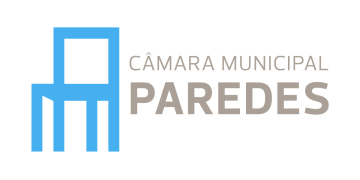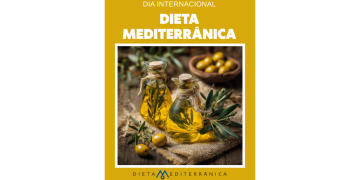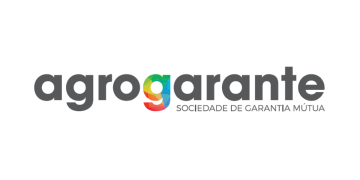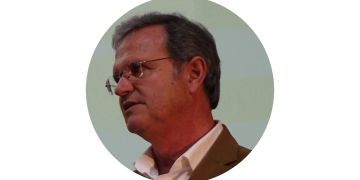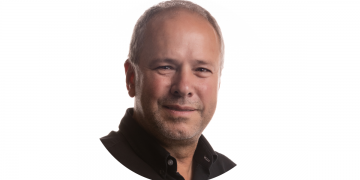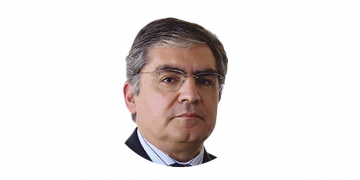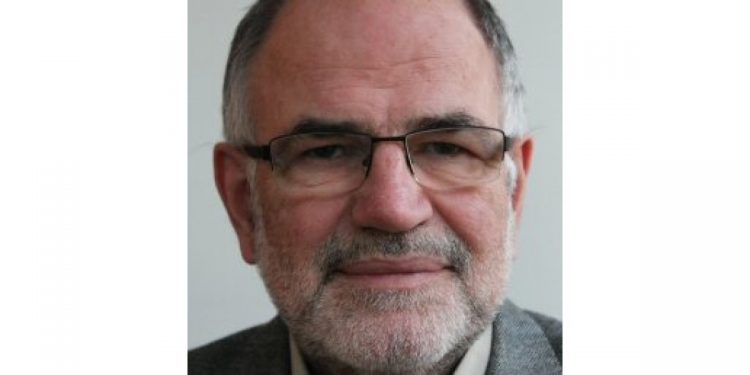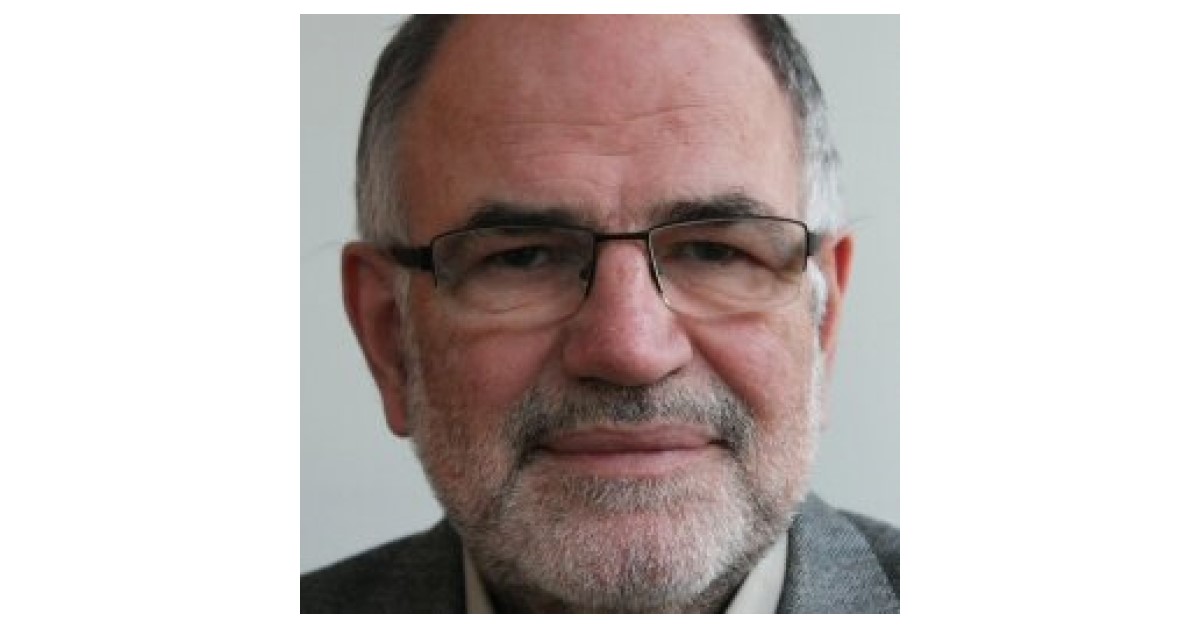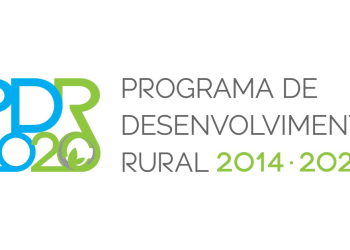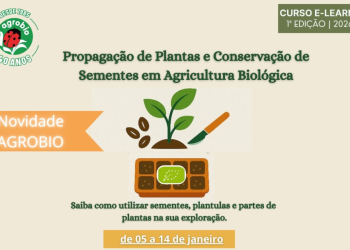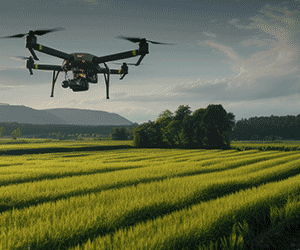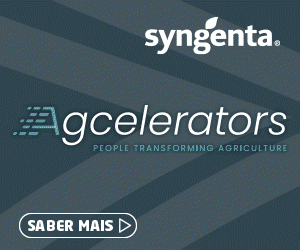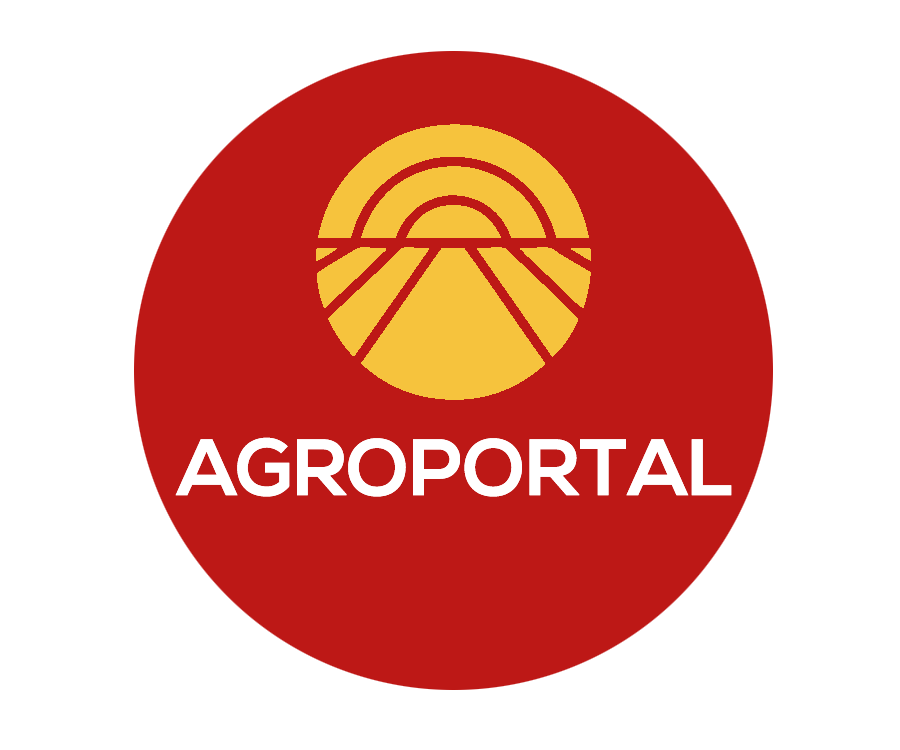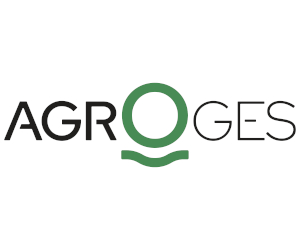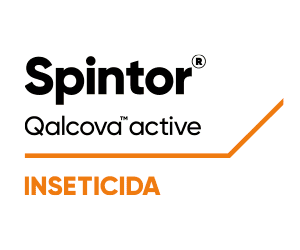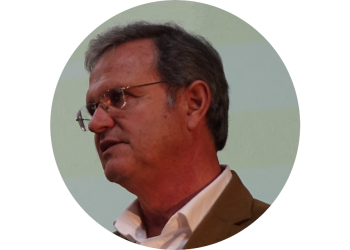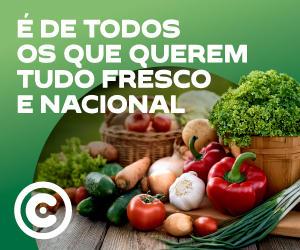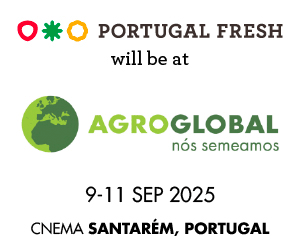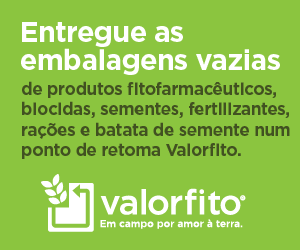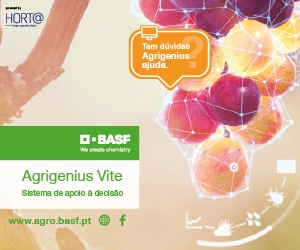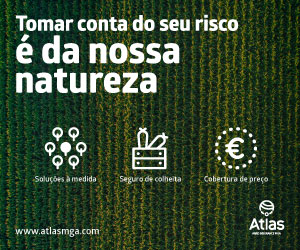In this post, I look at Member State net budget balances when it comes to CAP expenditure – which Member States would be net gainers or losers from an increase or decrease in the CAP budget, assuming the allocation criteria in play in 2023 were continued. The justification for this exercise is that these net balances likely feed into Member States’ views on the appropriate size of the CAP budget. Net recipients are more likely to favour an expansion in the budget, net payers the opposite. We know that the ‘juste retour’ principle is alive and well when it comes to negotiating the next Multi-annual Financial Framework (MFF).
The basic data are extracted from the DG budget Excel spreadsheet on EU spending and revenue 2000-2023. The assumption is made that we are interested in marginal additions or subtractions to the CAP budget, and that these will be financed by the residual own resource, namely the Gross National Income (GNI) contribution. We thus compare the CAP receipts of Member States with the hypothetical share of their GNI resource assumed to be used to finance the CAP. In practice, a small amount of CAP rural development spending in 2023 was funded by the Next Generation EU which had a slightly different funding key, but this hardly affects the results.
We compare the net balances (in EUR million) for Member States in both 2013 and 2023. By 2013 the new Member States of Central and Eastern Europe were fully integrated into the CAP. At that time, the UK was also an EU Member State and indeed the second largest contributor to the EU budget (and thus also the CAP). The data refer to payments and not commitments, so the CAP receipts of countries that have been slower in drawing down their CAP Pillar 2 rural development expenditure in 2023 may be underestimated in this exercise.
CAP expenditure allocated to the EU27 Member States in 2013 amounted to €52,789 million (the total CAP budget was larger as, in addition, some CAP expenditure was earmarked for spending by the Commission, some was allocated to non-EU countries and the UK was also a recipient). In 2023, total CAP expenditure allocated to the EU27 Member States was €54,960 million. There was thus a small increase in total CAP spending allocated to the EU27 countries between 2013 and 2023, and in addition the second largest contributor to the CAP budget withdrew. We thus expect to see a general shift in net balances where net contributors come to pay more into the CAP budget while net beneficiaries obtain lower receipts.
Expenditure on the CAP in 2013 reflected the decisions taken in the 2007-2013 MFF while CAP expenditure in 2023 reflects the decisions taken in the 2021-2027 MFF. The main change in allocation criteria between these MFFs was the move towards external convergence of direct payments which benefited the CEEC accession countries. We will see that this helped some net beneficiaries in those countries to maintain or even increase their CAP net balances.
The other factor to influence CAP net balances is differences in GNI growth rates between Member States over the period. Faster-growing Member States, other things equal, will see a more rapid increase in their net contribution/decrease in their net receipts due to the corresponding changes in their GNI own resource payments.
The pattern observed in the data is shown in Figure 1.
The first thing to note is that the net contributors in 2013 were also the net contributors in 2023. Only Finland and Cyprus switched from being net beneficiaries in 2013 to being small net contributors in 2023 (this was also the case with Croatia but this is a special case as it joined the EU mid-way through 2013 and its CAP receipts were virtually nil in that financial year).
In general, the net contribution to the CAP budget of those countries that were net contributors in 2013 increases. This is particularly the case for the three largest net contributors, namely Germany, the Netherlands and Belgium. Two net contributors in 2013, Sweden and Italy, reduced their net contributions between the two years.
In the middle of the range are a group of countries, France, Ireland and Portugal, whose net receipts in 2013 were considerably reduced in 2023. France’s net receipts fell from €436 million in 2013 to just €10 million in 2023, while Ireland’s net receipts fell from €873 million to €160 million over the same period as buoyant economic growth increased its GNI contribution.
Towards the right of Figure 1 we see the net beneficiaries of CAP spending, dominated by the most recent accession countries. Nearly all of these countries experienced an increase in their CAP receipts despite the impact of the UK withdrawal and generally more rapid GNI growth rates than in the older Member States. Two older Member States are in the group – Greece which saw its net receipts grow from €1.8 billion to €2.1 billion, while Spain experienced a fall in its net receipts from €2.4 billion to €2.2 billion.
Perhaps the most surprising outcome is Poland which was the largest net receipt of CAP funds in 2013 at €3.4 billion. It remains the largest net recipient in 2023, but these net receipts fell to €2.4 billion. This reflects the very rapid economic growth that Poland has achieved over this period which is reflected in an increase in its GNI contribution, as its gross CAP receipts increased from €4.8 billion in 2013 to €5.0 billion in 2023.
If we want to draw implications from these net CAP balances for the negotiating position of Member States, it is useful to express them as a share of their GNI to take account of differences in economic size. In Figure 2, I have maintained the same distribution of Member States along the X-axis as in Figure 1 (thus, the largest net contributors are to the left and the largest net beneficiaries are to the right) but this time expressing the CAP net balance as a percentage of the country’s GNI in 2023.
Instead of the smooth transition from the largest net contributors to the largest net recipients as we move from left to right, the general picture is now more jagged even if the general pattern is maintained.
The two smallest Member States, Luxembourg and Malta, with relatively limited agricultural area relative to the rest of their economies, now appear as the largest net contributors in relative terms.
More significant in economic terms is that, despite the huge significance of Germany’s absolute net contribution to the CAP, in relative terms the contribution of the Netherlands and Belgium is even greater.
Among the net beneficiaries on the right hand side, the relative unimportance of CAP receipts in 2023 in Czechia and also in Spain is worth noting. On the other hand, CAP net receipts play an important role in the Baltic countries, in Hungary, Bulgaria and Romania, and particularly in Greece where they amount to a sizeable 1% of the country’s GNI.
Conclusions
This post has calculated the net balances of Member States arising from the CAP budget in the MFF on the assumption that it is financed in proportion to country’s relative shares in EU GNI. Other things being equal, one might expect net contributors to be more reluctant to see an increase in the overall CAP budget in the next MFF, while net beneficiaries would be expected to be more positive.
These calculations assume that the negotiations around the CAP budget will take place on the basis of the same allocation criteria as underly the 2023 allocations. But it is likely that these will change. One change we might expect, assuming that the Potentially Eligible Area in each country remains the basis for allocating Pillar 1 funds, is the completion of external convergence which would give a further boost to many of the net beneficiaries to the right of Figure 2.
There will also be the need to find additional money for the enlargement process, mainly for pre-accession assistance as even if there are accessions during the next MFF, the impact on the CAP budget will be limited as CAP payments will likely be gradually phased in as has happened previously (see my policy brief for the Swedish Institute for European Policy Studies for a discussion of the consequences for the CAP budget of future enlargement). Finding money for enlargement will be similar to the impact of UK withdrawal as additional budgetary contributions will need to be made by all existing Member States). Any impact of increased pre-accession assistance will depend on whether it is funded from the CAP budget or from the EU’s Neighbourhood Policy.
The considerations in this post would become moot, of course, if the rumoured Commission plans to create one super fund for all pre-allocated financing to Member States come to fruition. In that case, bargaining over the size of the CAP budget would no longer take place in the MFF negotiations but at the national level, as different national interests tried to maximise their share of the overall EU super fund. By reducing the number of degrees of freedom for countries to bargain over in the MFF negotiations, the Commission may hope to make what will anyway be very complex and difficult negotiations somewhat easier to handle.
This post was written by Alan Matthews.
O artigo foi publicado originalmente em CAP Reform.

